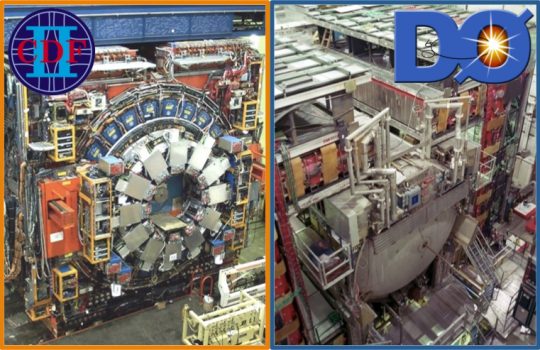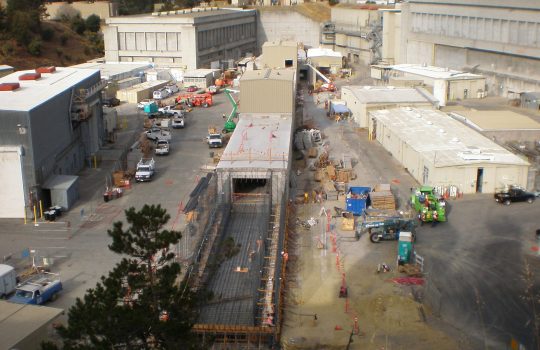TOTEM and DØ collaborations announce odderon discovery
From CERN, March 16, 2021: The collaboration of TOTEM researchers at CERN and DØ researchers at Fermilab have discovered the oddereon – an elusive three-gluon state predicted almost 50 years ago.







